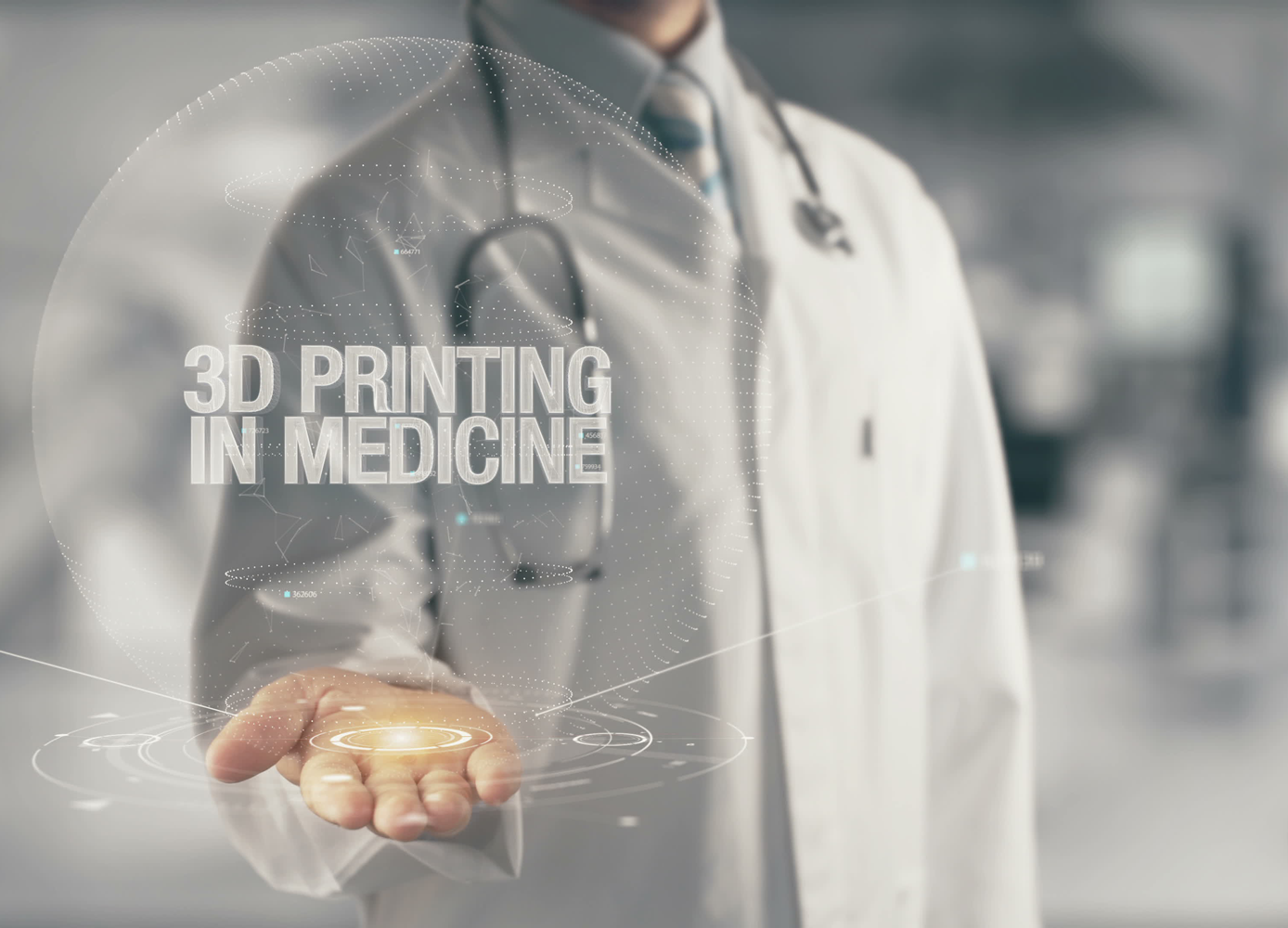Soon, doctors will simply print a bone graft when they need one
By Caitlin Finlay
“I imagine a day when a patient needing a bone graft can walk into a clinic where the anatomical structure of their bone is imaged, translated to a 3D printer, and directly printed into the cavity with their own cells.” Thus says Kristopher Kilian, an associate professor at the University of New South Wales (UNSW) Sydney, in a press release introducing the possibilities of a newly developed technology for 3D printing bone-like structures.
Scientists from UNSW Sydney have published a paper in the journal Advanced Functional Materials in which they describe a new method for 3D printing bone-like structures that could revolutionize the opportunities and uses of 3D (three-dimensional) printing in medicine.
Using 3D printing to create bone-like structures is not a new concept, but current methods require a laboratory setting, harsh chemicals, high-temperature furnaces, radiation, and post-processing steps involving intensive washing and the incorporation of living cells into the structure. This breakthrough printing technology would allow the bone-like structures to be printed at room temperature, without harsh chemicals or radiation, and with no post-processing. These changes mean the technology is portable and could even be done in real time in operating rooms by surgeons.
“The cool thing about our technique is you can just extrude it directly into a place where there are cells, like a cavity in a patient’s bone,” Kilian says. “We can go directly into the bone where there are cells, blood vessels, and fat, and print a bone-like structure that already contains living cells, right in that area. There are currently no technologies that can do that directly.”
The ink used in the new 3D printing process is a ceramic-based material made of calcium phosphate combined with a collagen-like substance containing the living cells. This ink suspension means that bone-like structures could be 3D-printed from living cells. The printed material hardens in minutes when in water, making it more portable and accessible than current methods.
“It forms a structure that is chemically similar to bone-building blocks,” Dr. Iman Roohani of UNSW’s School of Chemistry, the co-developer of the new technology, explains. “The ink is formulated in such a way that the conversion is quick, non-toxic in a biological environment, and only initiates when ink is exposed to the body fluids, providing an ample working time for the end-user, for example, surgeons.”
This 3D-printing technology could be used directly by surgeons to repair or reconstruct bone tissue damaged by trauma or cancer, and could be used as well for dental restoration without the need of an external laboratory for printing. Further testing is required to determine if the simulated bone will grow once implanted in existing bone tissue.
Photo: iStock/Ankabala.




